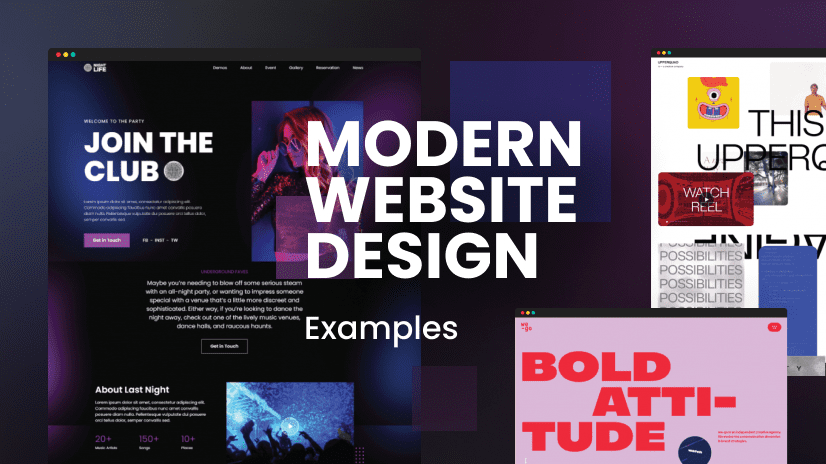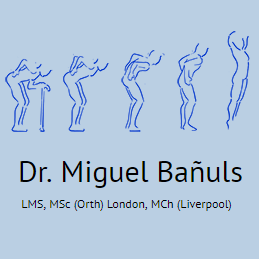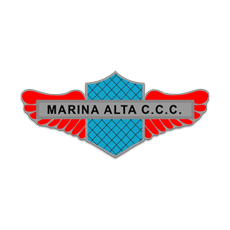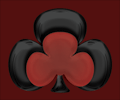Web design examples play a crucial role in showcasing how strong aesthetic choices can boost engagement and conversions for businesses. As we progress through the digital landscape, observing high converting web design strategies reveals how important user experience is to achieving conversion optimization. Notably, these examples highlight current website design trends that can make or break a visitors’ first impression. From effective website design techniques to web design best practices, analyzing successful layouts gives valuable insight into what elements truly resonate with users. In an era where online presence is vital, dissecting these powerful web design examples can help organizations create an impactful digital footprint.
Digital layout showcases, or web design demonstrations, serve as an essential resource for understanding how visual strategies influence visitor behavior. By examining high-performing digital interfaces, we can glean insights into conversion-boosting aesthetics and user-friendly navigation. Current innovative design tendencies, or website aesthetics, dictate the success of customer engagement and retention. From refining usability to implementing effective design methodologies, there is much to learn from the latest trends and practices out there. Ultimately, industries must adapt to these insights to ensure their digital environments not only attract but also convert potential customers.
Understanding Visitor Psychology in Web Design
In the realm of web design, it’s pivotal to grasp how visitors perceive and interact with a site. Psychological studies indicate that the first impressions are formed almost instantaneously—within a mere 50 milliseconds! This quick judgment is not just a throwaway statistic; it signifies that designers must create user experiences that are not only visually appealing but also intuitively navigable. When they land on a page, users scan for engagement cues and quickly evaluate what’s in it for them.
This split-second analysis can dictate the future of user interaction. If the website fails to resonate with their expectations, they might leave just as quickly as they arrived. Therefore, incorporating elements like impactful visuals and clear messaging can significantly increase the likelihood of visitors becoming long-term customers. High-converting web design examples showcase these effective strategies and serve as a guiding light for aspiring web designers.
The Essentials of High-Converting Web Design
Successful web design isn’t merely about aesthetics; it portrays a well-thought-out structure leading visitors toward conversion. Several key elements consistently emerge from top-performing sites. A well-established visual hierarchy guides attention through careful consideration of size, color, and placement, ensuring that users are intuitively led to conversion CTAs. Without this strategy, even the most attractive website may fail to drive sales.
Additionally, speed is of the essence in web design. Research shows that sites rendering in two seconds or less enjoy considerably higher conversion rates. This focus on loading efficiency, complemented by trust signals like testimonials and security badges, fortifies user confidence. When potential customers see evidence of other satisfied users, they are more inclined to engage further with the site.
Exploring Industry-Specific Design Strategies
Web design isn’t a one-size-fits-all approach; different sectors require tailored strategies. E-commerce sites, for instance, thrive on stunning product displays and streamlined checkout processes. Here, clear pricing and vibrant images can make or break a sale. Meanwhile, service-oriented websites spotlight their industry expertise, often utilizing case studies and lead forms to convert casual visitors into inquiries.
On the other hand, B2B web designs focus more on offering resources—like white papers and educational content—that nurture leads. This educational angle builds a foundation of trust, encouraging businesses to engage further down the line. Each industry, therefore, must consider its specific needs while leveraging design elements that enhance conversion.
Trends Shaping Modern Web Design for Better Conversions
In today’s digital landscape, web design is constantly evolving, reflecting new consumer behaviors and technological advancements. A prevailing trend is the minimalist design philosophy, which embraces simplicity through the use of white space and clean typography. This uncluttered approach not only looks professional but also enhances user experience, allowing visitors to focus on the content without distractions.
Moreover, the integration of interactive elements—such as subtle animations—engages users while maintaining an overall simple interface. Personalized experiences based on user data are also gaining traction, making visitors feel recognized and valued. These modern design strategies contribute significantly to increasing conversion rates and user retention.
Current Trends to Watch in Web Design
As we look toward 2025, some exciting trends in web design are emerging. Advanced typography is set to take center stage, with custom fonts that enhance brand identity and stand out among competitors. Such tailored approaches foster unique user experiences that reflect a company’s ethos.
Additionally, there’s a strong movement toward sustainable design practices. Businesses are increasingly aligning their web presence with values that resonate with eco-conscious consumers. Enhancing accessibility ensures that websites cater to diverse audiences—making it a fundamental component of modern design briefs.
Implementing High-Converting Website Strategies
Launching a successful website requires a structured design process that aligns with clear objectives defined at the outset. The importance of user research cannot be overshadowed; understanding the target audience helps inform every decision made during the design phase. Once the website is live, it’s crucial to utilize testing and optimization methods, such as A/B testing, to continually improve user experience based on real-time feedback.
Technical implementation plays a vital role as well. Ensuring the website is hosted efficiently, applies best practices in content management systems (CMS), and undergoes regular maintenance allows for seamless operation, ultimately leading to higher satisfaction and conversion rates. Each of these steps builds on the last, forming a robust structure supporting ongoing interaction and engagement.
Addressing Common Web Design Questions
Many businesses wonder what truly makes a website convert visitors into loyal customers. The answer lies in a combination of clarity, intuitive navigation, and speed. A well-crafted value proposition that instantly communicates benefits can significantly enhance the likelihood of retaining visitor interest and instigating action.
On the topic of website updates, many experts recommend refreshing design elements and strategies every two to three years, albeit with smaller tweaks in between. This allows businesses to stay relevant and ensure that their websites are optimized for both current technology trends and user expectations.
Conclusions on Effective Web Design
Striking the perfect balance between aesthetics and functionality in web design is crucial for modern businesses. As we gaze into 2025, designs that prioritize accessibility, sustainability, and seamless technology integration will define the most effective digital presences. It’s not just about looking good; it’s about creating experiences that compel action and drive conversions.
For organizations aiming to thrive in the digital space, keeping a pulse on design trends while adhering to core principles of effective web design will provide a competitive edge. Staying updated with the latest strategies ensures businesses can adjust and flourish in an ever-changing digital marketplace.
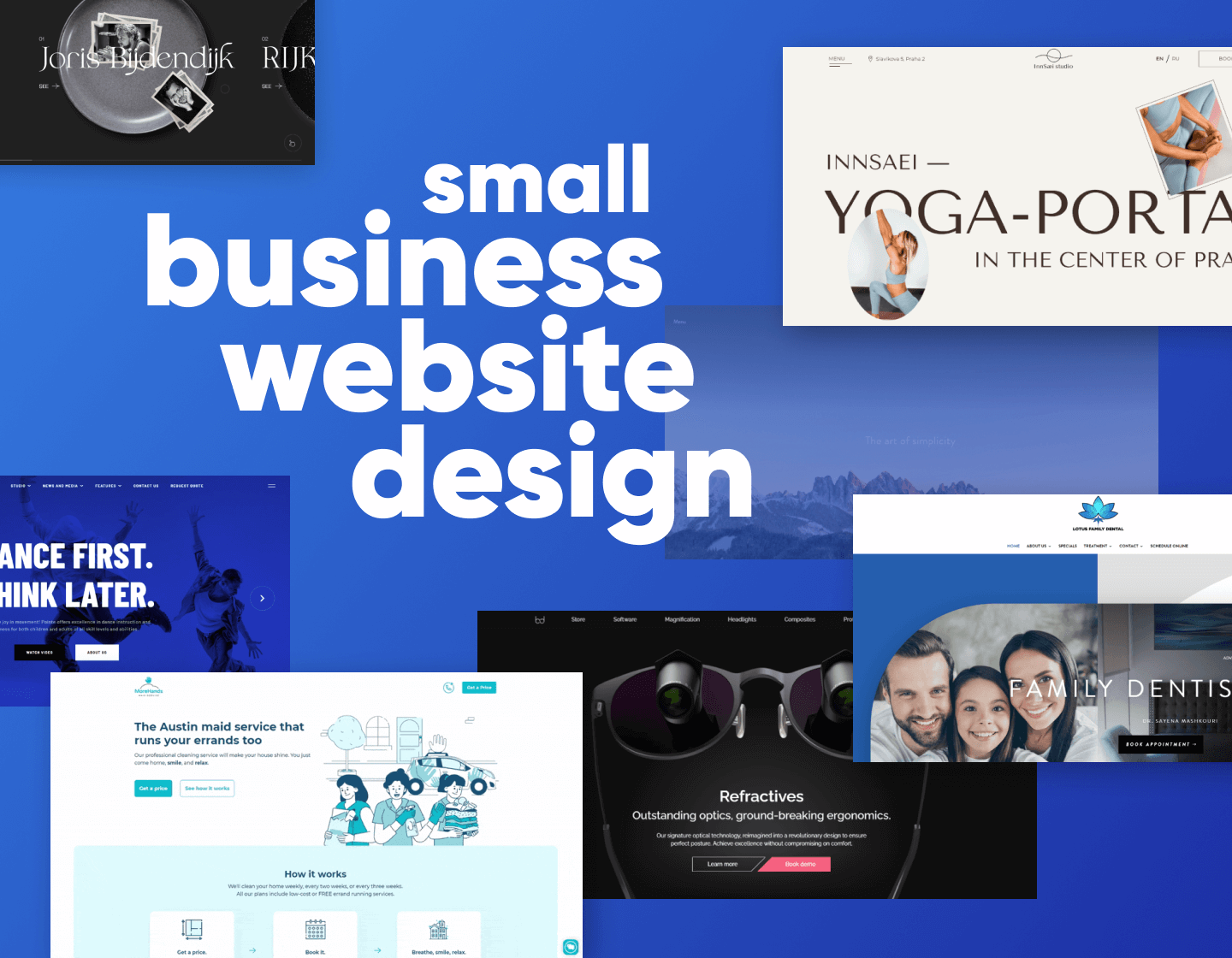
Final Thoughts on Web Design and Conversion Rates
In conclusion, designing a website that successfully converts visitors into customers hinges on understanding user behavior and preferences. It is evident that top brands leverage specific design elements to effectively attract and engage their audience. Companies are encouraged to take inspiration from these high-converting websites, ensuring that their own designs are not only visually appealing but also functional and user-centered.
Moreover, as we head into 2025, the importance of accessibility, sustainability, and innovative technology cannot be overstated. Businesses that prioritize these elements along with traditional conversion strategies will likely see improved engagement and increased sales on their platforms. Continuous learning and adaptation to emerging trends are vital to staying relevant in the digital space.

